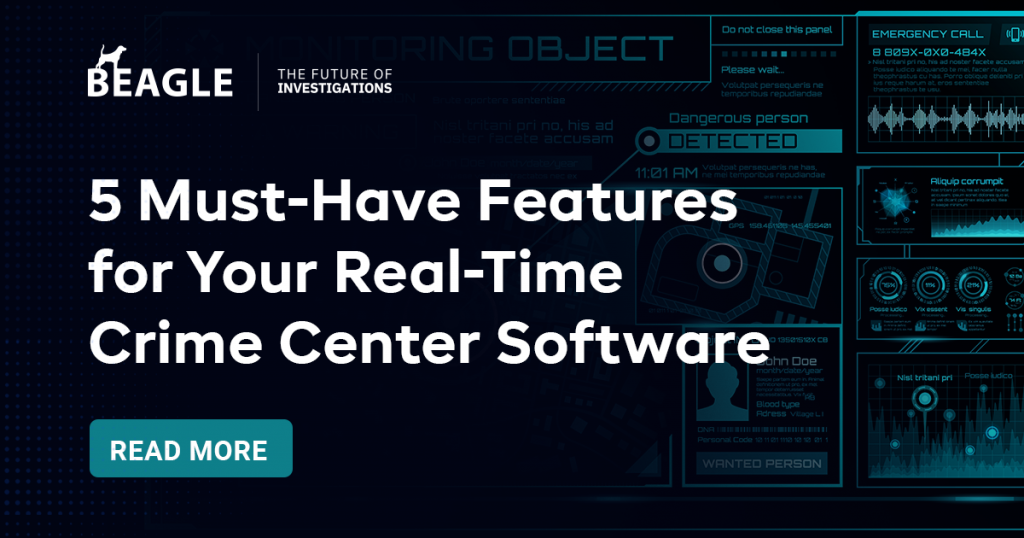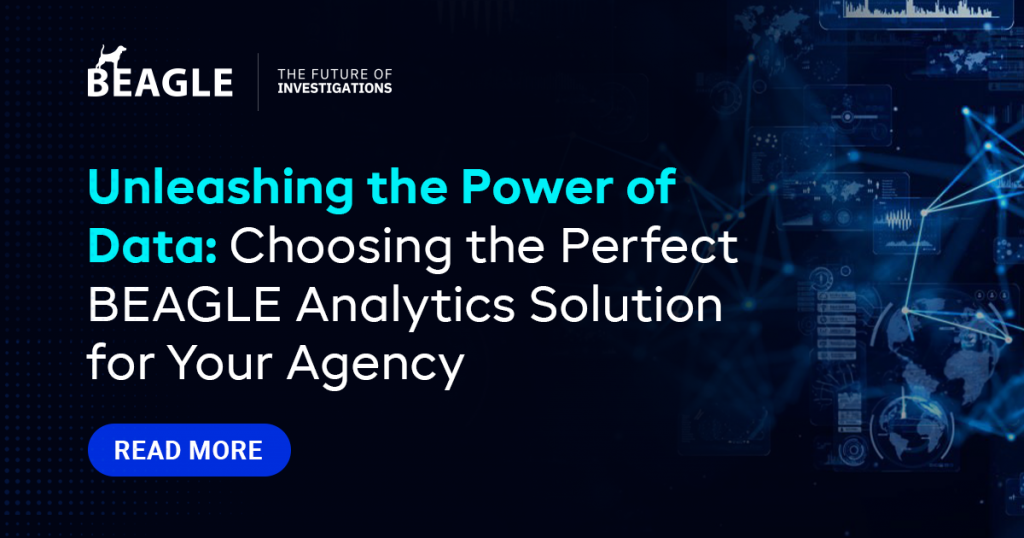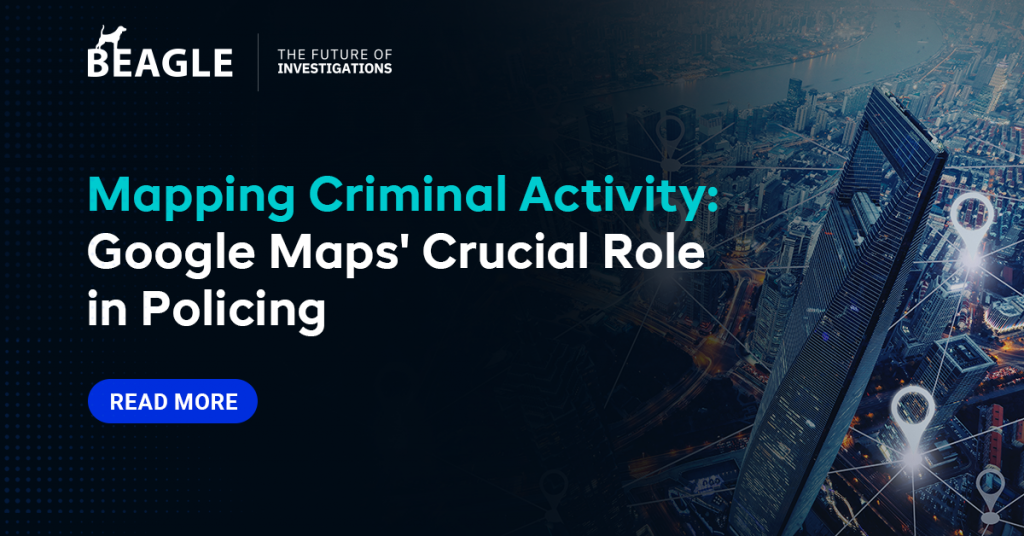In recent years, data-driven policing has gained popularity as a means for improving police efficiency and officer safety. By leveraging data and analytics to guide their choices, police departments can identify high-risk areas and individuals, and allocate resources accordingly.
This blog will explore how data-driven policing can enhance police safety. We will delve into the various techniques and tools that can be used to analyze data and identify patterns, which can help law enforcement professionals make informed decisions in the field.
Identifying High-Risk Areas
Data-driven policing allows law enforcement to identify high-risk areas through the analysis of crime data and other pertinent data sets. Allocating resources more efficiently based on this knowledge ensures officers are present in high-risk areas when needed most. Technology can be utilized to analyze crime data and identify high-risk areas, allowing for increased officer presence and crime deterrence.
Identifying High-Risk Individuals
Law enforcement professionals can leverage data-driven policing strategies to identify not only high-risk areas but also high-risk individuals. By analyzing criminal histories, social media activity, and other data sources, police departments can pinpoint individuals who are more likely to engage in criminal behavior. This approach can significantly aid in law enforcement efforts to prevent crime and improve public safety.
Increasing Officer Safety
Using data for policing can help to improve officer safety by identifying high-risk locations and people. Police departments can increase the number of officers in high-risk areas by allocating resources there, which may discourage criminal behavior. Additionally, police departments can take proactive steps to stop crimes from happening by identifying high-risk individuals.
Conclusion
Law enforcement professionals can enhance their operational effectiveness and safety by adopting data-driven policing practices. With the aid of data and analytics, police agencies can better allocate their resources, prevent criminal activity, and identify high-risk areas and individuals. By leveraging the power of data, law enforcement professionals can proactively tackle crime and mitigate the associated risks, thus creating a safer and more secure community.



